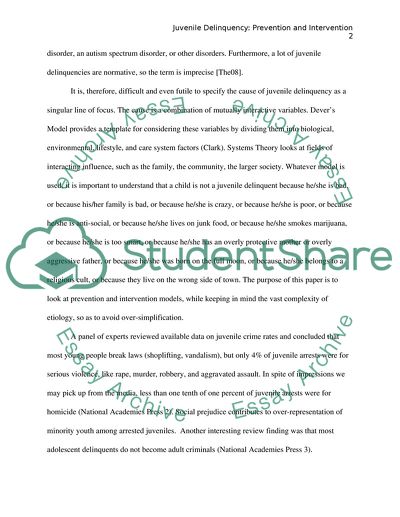Cite this document
(Juvenile Delinquency - Prevention and Intervention Research Paper, n.d.)
Juvenile Delinquency - Prevention and Intervention Research Paper. Retrieved from https://studentshare.org/social-science/1769715-juvenile-delinquency
Juvenile Delinquency - Prevention and Intervention Research Paper. Retrieved from https://studentshare.org/social-science/1769715-juvenile-delinquency
(Juvenile Delinquency - Prevention and Intervention Research Paper)
Juvenile Delinquency - Prevention and Intervention Research Paper. https://studentshare.org/social-science/1769715-juvenile-delinquency.
Juvenile Delinquency - Prevention and Intervention Research Paper. https://studentshare.org/social-science/1769715-juvenile-delinquency.
“Juvenile Delinquency - Prevention and Intervention Research Paper”, n.d. https://studentshare.org/social-science/1769715-juvenile-delinquency.


